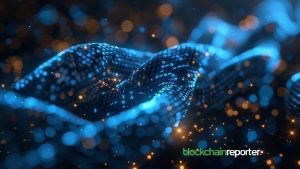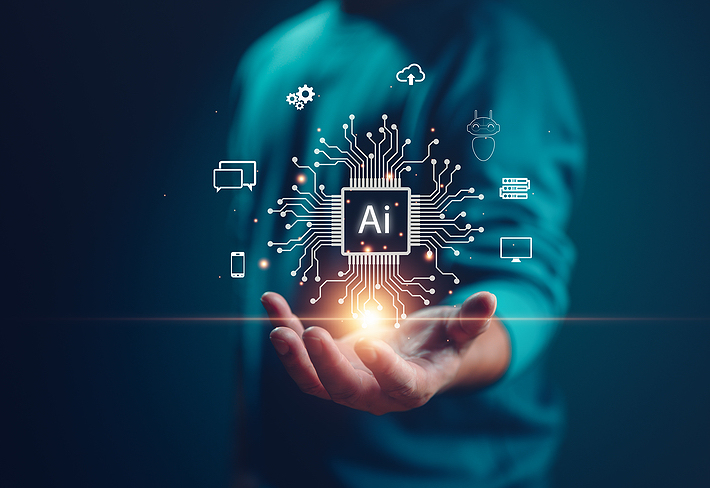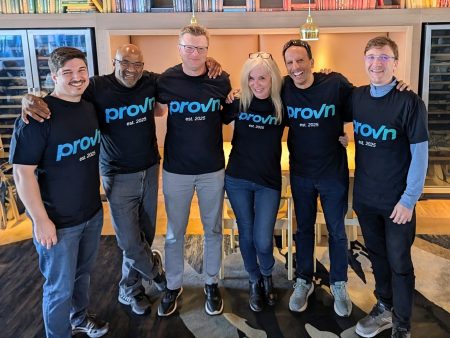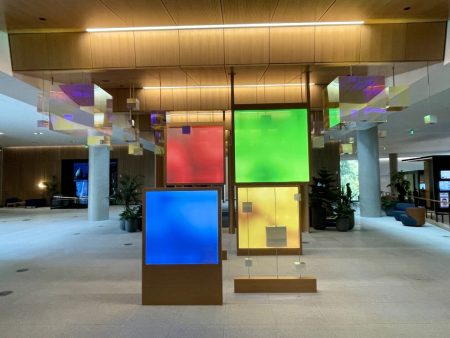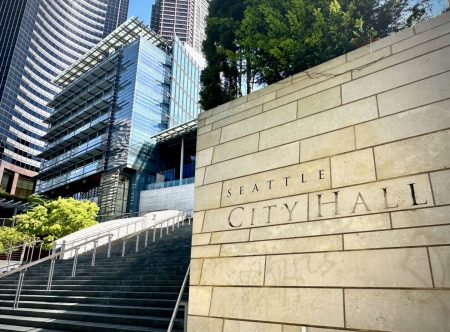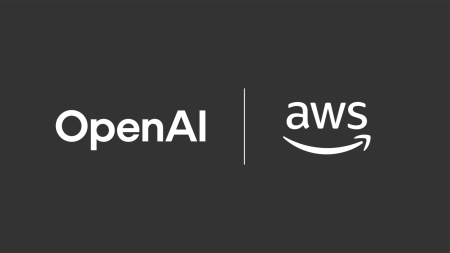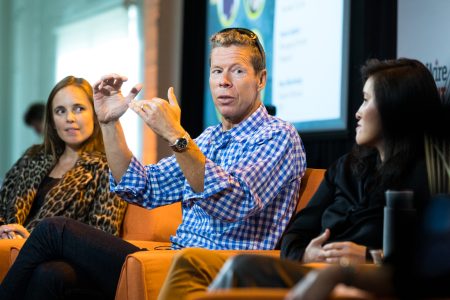The Reality of AI’s Impact on the Job Market: Separating Hype from Facts
In today’s headlines, two major narratives dominate discussions about work: widespread concerns about AI-driven job displacement and reports of corporate layoffs and hiring freezes. Many assume these trends are directly connected, with artificial intelligence being the primary culprit behind job market turbulence. However, a closer examination of the data reveals a more complex and nuanced reality that challenges this simplistic view. Despite the sensationalism surrounding AI’s impact on employment, current evidence suggests that the relationship between recent job market shifts and AI implementation is far less straightforward than commonly portrayed.
A comprehensive analysis from Yale’s Budget Lab has found that the current wave of AI technology has not yet made a significant measurable impact on the labor market. Their research indicates that changes in occupational distribution largely mirror patterns observed during previous technological transitions. Rather than representing an unprecedented disruption, AI appears to be following familiar technology adoption curves. While legitimate concerns exist about AI’s potential to enhance efficiency (potentially reducing workforce needs) or completely automate certain roles, the timeline portrayed in popular narratives simply doesn’t align with current workplace realities. The job market changes we’re witnessing today stem from multiple factors that have little connection to artificial intelligence deployment.
The actual forces reshaping today’s labor market are more conventional and multifaceted than the AI disruption narrative suggests. We’re experiencing patterns similar to those seen during the 2008 financial crisis and the 2000 dot-com collapse, but with a crucial difference: the past five years have delivered multiple “once-in-a-decade” economic shocks in rapid succession. First, we’re witnessing a significant COVID correction, as companies (especially in tech) dramatically over-hired during the pandemic boom. Companies like Amazon doubled their workforce, Peloton expanded manufacturing, and numerous businesses accelerated hiring based on overly optimistic growth projections. This hiring spree was sometimes motivated by talent hoarding – bringing on employees simply to prevent competitors from recruiting them. Additionally, we continue experiencing supply chain disruptions that began during pandemic shutdowns, creating manufacturing and shipping bottlenecks that drove inflation and have yet to fully resolve.
The economic landscape has been further complicated by the abrupt end of cheap money. For over a decade, zero interest rate policies fueled aggressive growth strategies where companies prioritized expansion over profitability. When this era ended, businesses had to fundamentally shift their approaches. Compounding these challenges, changes to Section 174 of the Internal Revenue Code transformed how companies classify R&D expenses, turning what was once an innovation incentive into a potential hindrance. Trade uncertainty has added another layer of complexity, with new tariffs and threats of additional restrictions creating an environment where businesses struggle to predict their cost structures or market access, leading to delayed investments and cautious hiring practices. Finally, many companies have implemented stricter performance management, with executives like Meta’s Mark Zuckerberg explicitly citing efficiency as justification for workforce reductions. Many tech industry employees acknowledge that teams had become bloated, with some positions contributing minimal value.
While current job market changes aren’t primarily driven by AI, there’s little doubt that artificial intelligence will eventually transform numerous occupations. This transformation will likely occur more rapidly than previous technological shifts, potentially creating difficult adjustment periods. The American workforce consists of approximately 175 million people across over 1,000 distinct occupational categories, and the timeline for AI impact will vary dramatically across these roles. Some positions will experience profound changes within the next few years, others will remain relatively stable for a decade or more, and many will see minimal disruption or require much longer transition periods. The variation in vulnerability is striking – commercial airline pilots, for instance, are unlikely to be replaced soon due to technological limitations and public safety concerns, while customer service and call center positions are already seeing significant AI displacement, with projections suggesting the 2.5 million-strong workforce in these roles could shrink dramatically within five years.
The fundamental question isn’t whether AI will reshape employment – it will – but rather which specific jobs will be affected, how quickly changes will occur, and how extensive the transformation will be in each sector. Looking at recent forecasts about AI’s impact, we find that most predictions have been not just slightly off but dramatically inaccurate. This pattern suggests that our current projections about future AI developments will likely prove similarly unreliable. Rather than feeding anxiety with potentially flawed predictions, a more constructive approach involves embracing uncertainty and cultivating adaptability. As AI continues to evolve, the most valuable skills may be those that help workers navigate changing landscapes, learn new capabilities, and identify opportunities in emerging fields. While technology will inevitably alter the employment landscape, understanding the true drivers of current market conditions provides a clearer perspective on how to prepare for genuine AI-related transitions when they arrive in earnest.


